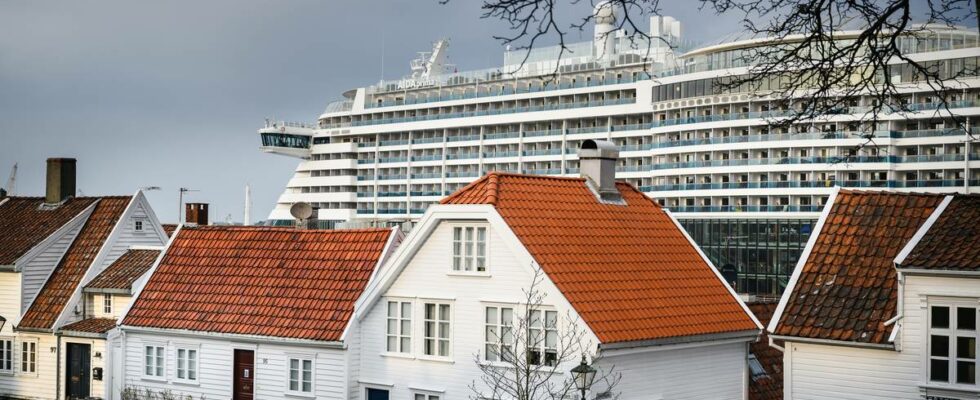In many tourist destinations in Europe, there is now a heated debate about overtourism. Although the problem is smaller in Norway, it is important that we also take action. Weekly we see newspaper headlines about tourist riots in Mallorca, Barcelona and the Greek islands. Crowded city streets, water shortages and permanent residents struggling to find a place to live. A small island like Santorini has 16 million visitors a year and 15,000 permanent residents. It is then no wonder that there are frictions. In Norway, the situation is different. Before the pandemic, Norway had 5.9 million foreign visitors annually, and 5.5 million permanent residents. Not quite like the Greek islands. The problem in this country is too few rather than too many guests. But Norwegian tourism is growing. There are places, such as Lofoten, where in some places there are challenges for a few weeks in high season. If Norwegian tourism is to continue its positive development, we must find the right balance. If there are more visitors than the infrastructure can handle, problems will arise. We must have access for permanent residents, and overnight guests must not take the accommodation from the locals. The natural environment cannot be burdened so hard that it is damaged. By recognizing this now, we can develop Norway into one of the world’s very best travel destinations. Residents of many typical tourist spots in Europe are now taking to the streets in protest against mass tourism. The picture is from a demonstration in Barcelona in June. Photo: Reuters So what can we do? Capacity planning is key. Municipalities and destinations must assess the infrastructure’s capacity, and introduce visitor restrictions if necessary. Preikestolen has set a ceiling of 6,000 people per day and Bergen has set a maximum limit on cruises. There is no reason why three cruise ships should dock on the same day, when there were no calls the day before or the day after. Other popular ports must distribute and limit capacity better than today. Take the whole year and the whole country into use. The tourism industry and the authorities must work together on marketing to extend the seasons so that we avoid overcrowded peaks and low attendance for the rest of the year. If the guests are spread over the year, the infrastructure will not come under pressure. We also get more year-round jobs. We have to use the whole country. Norway is so much more than just Lofoten and Geiranger. By showing off everything else we have, guests can be distributed over larger areas. We need better facts. Today, we have very good figures on the number of overnight stays in hotels and campsites, but we do not know how many stay overnight privately. That is why we require registration for Airbnb accommodation. Otherwise, it will be impossible to know what capacity we will develop infrastructure for. Strengthen the infrastructure. We must ensure that the infrastructure is strengthened at the most visited destinations. The principle must be user payment. This can be everything from toilet facilities to parking facilities and regulated spaces for mobile homes. The government has announced that it will carry out experiments with a visitor contribution in some selected places, where guests must pay a fee. NHO Reiseliv is positive that we are testing how this can help solve challenges and manage visits. But we must ensure that the visitor contribution does not distort demand from what we want more of (such as regulated accommodation and longer stays) to what we want less of (such as day tourists and unregulated accommodation). NHO Reiseliv says no to increased hotel tax, and yes to visitor contributions for tourists who currently do not contribute to the common good funding, such as day visitors by cruise, bus or car. The guests’ payment must also be earmarked for improving the infrastructure, and not be included as part of the municipalities’ ordinary income. Norway does not have the same challenges with overtourism as many places in the Mediterranean, but we must take the issue seriously. By taking the four steps over, a lot has been done. For us, this is about creating local environments that are good to live in. Because a good place to live is a good place to visit. There are places, such as Reinebringen in Lofoten, where there are challenges for a few weeks in the high season. Photo: Rune Stoltz Bertinussen Published 11.07.2024, at 10.31
ttn-69
This is how we avoid overtourism – Statement

